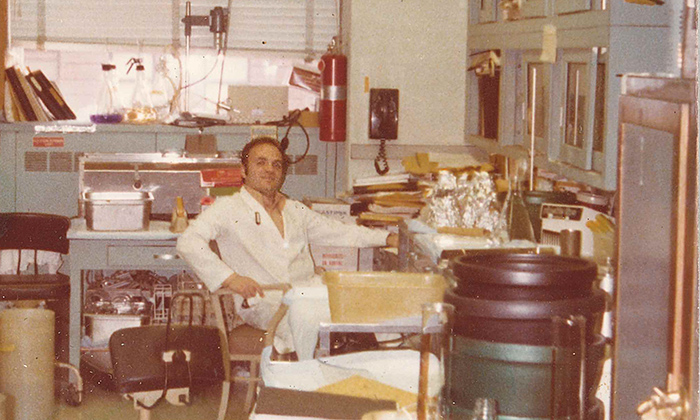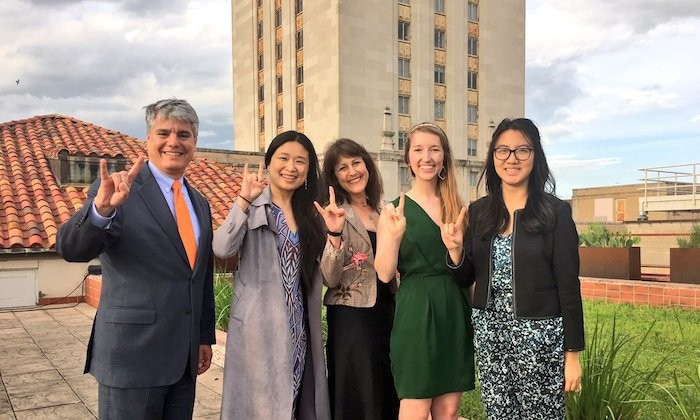News
The 40 Year-old Discovery Behind A Promising New Flu Drug
Basic research led to a better antiviral drug to combat influenza

Alumna Tackles Disparities in Cancer Treatment
Leticia Nogueira talks about being the Director of Health Services for the American Cancer Society, what her research focuses on, and what she hopes to accomplish through her work.

Promise of New Antibiotics Lies with Shackling Tiny Toxic Tetherballs to Bacteria
Bryan Davies of The University of Texas at Austin and a team have developed a system to identify new options for fighting bacteria.

Ancient Enzyme Could Boost Power of Liquid Biopsies to Detect and Profile Cancers
A set of medical tests called liquid biopsies could rapidly detect the presence of cancers, infectious diseases and other conditions from only a small blood sample.

UT Austin and Texas A&M Scientists Seek to Turn Plant Pests into Plant Doctors
Sap-sucking pests could deliver gene therapy to plants under attack from diseases, droughts or floods

UT News
University of Texas at Austin Alum Michael W. Young Awarded Nobel Prize
Michael W. Young, recipient of the 2017 Nobel Prize in Physiology or Medicine, received his bachelor’s and doctoral degrees from UT Austin and made a breakthrough that shed light on circadian rhythms.

Scientist Battling Invincible Microbes Takes Fight to the Silver Screen
Learn about UT Austin's Bryan Davies and his research into how to combat antibiotic-resistant bacteria and develop new antimicrobials to fight infection.

CNS News
Zhang Named Professor of the Year
Students have selected Jessie Zhang, an associate professor of molecular biosciences, as The University of Texas at Austin's Professor of the Year.



